What to Eat After Teeth Whitening
Undergoing teeth whitening is a significant investment in your smile, and the aftercare plays a crucial role in preserving those dazzling results. The foods you consume immediately following the procedure can either help maintain your newly whitened teeth or undo the effects. This guide provides a comprehensive look at the best foods to eat after teeth whitening, along with those you should avoid, and practical tips for long-term maintenance. Making informed dietary choices is essential to ensure that your bright, white smile lasts.
Why Diet Matters After Teeth Whitening
Immediately after teeth whitening, the enamel of your teeth is more porous and susceptible to staining. This increased porosity means that pigments from the food and drinks you consume can easily penetrate the enamel, leading to discoloration. For the first 24 to 48 hours, following a strict diet is crucial to avoid staining. After this initial period, while the risk of staining decreases, continued vigilance is advised to protect your investment. A well-planned diet will support your teeth’s health and the longevity of your whitening treatment.
Foods to Enjoy After Whitening
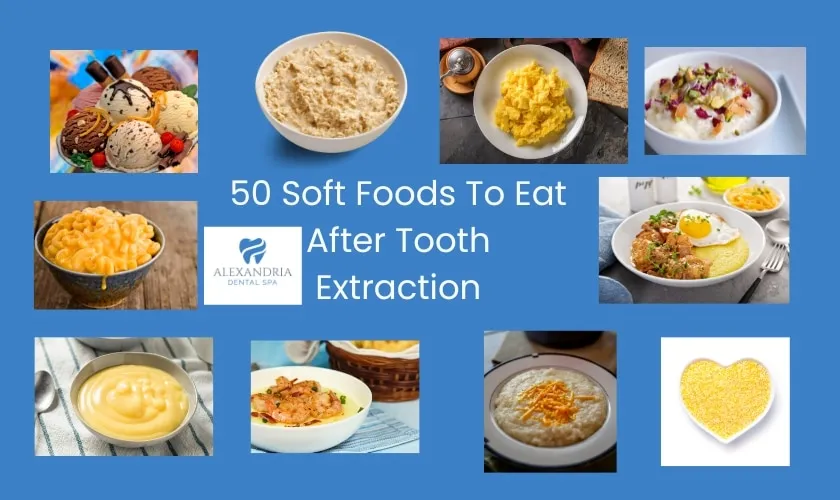
When planning your post-whitening diet, focus on foods that are white or light in color and low in pigmentation. These foods are less likely to stain your teeth and provide a safe way to nourish your body without compromising your smile’s brightness. Here are some excellent food choices to include in your diet.
Chicken and Turkey
Chicken and turkey are excellent sources of protein and are safe to eat after teeth whitening. These lean meats are typically white and do not contain pigments that can stain your teeth. Be sure to prepare them without dark sauces, marinades, or spices that could potentially cause staining. Grilled, baked, or steamed preparations are best.
White Fish
Similar to chicken and turkey, white fish is a safe and healthy option. Varieties like cod, haddock, and snapper are ideal. They provide essential nutrients without the risk of staining. Again, the preparation is key; avoid cooking methods or sauces that introduce staining agents. Steaming, baking, or grilling without adding any dark sauces will keep your teeth safe.
White Rice and Pasta
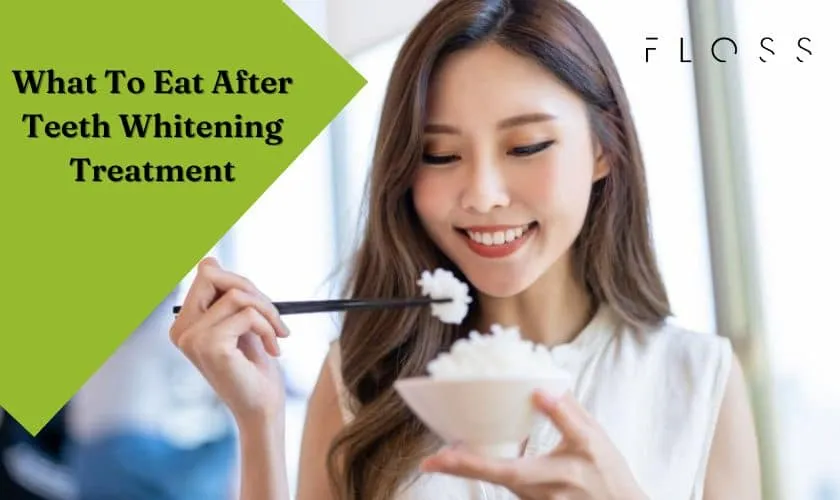
Plain white rice and pasta are safe choices. The bland nature of these carbohydrates means they are unlikely to stain your teeth. The key is to eat them without adding any dark sauces, such as soy sauce or tomato sauce. Butter or a light cream sauce can be used, but moderation is important. Plain rice and pasta are versatile and can be paired with chicken, turkey, or white fish.
Dairy Products
Dairy products like milk, yogurt, and cheese are generally safe choices. However, be mindful of any added colors or flavors. For example, plain yogurt is a great option, but avoid those with berries or other brightly colored fruits. Milk is a good source of calcium, which is beneficial for teeth. Cheese can also be included, but opt for white varieties like mozzarella or feta.
Bananas
Bananas are a convenient and safe fruit option. While some fruits are high in pigments, bananas are light in color and do not pose a staining risk. Bananas are also a good source of potassium and fiber, contributing to overall health. They are an excellent choice for a quick snack that won’t compromise your whitening results.
Foods to Avoid After Whitening
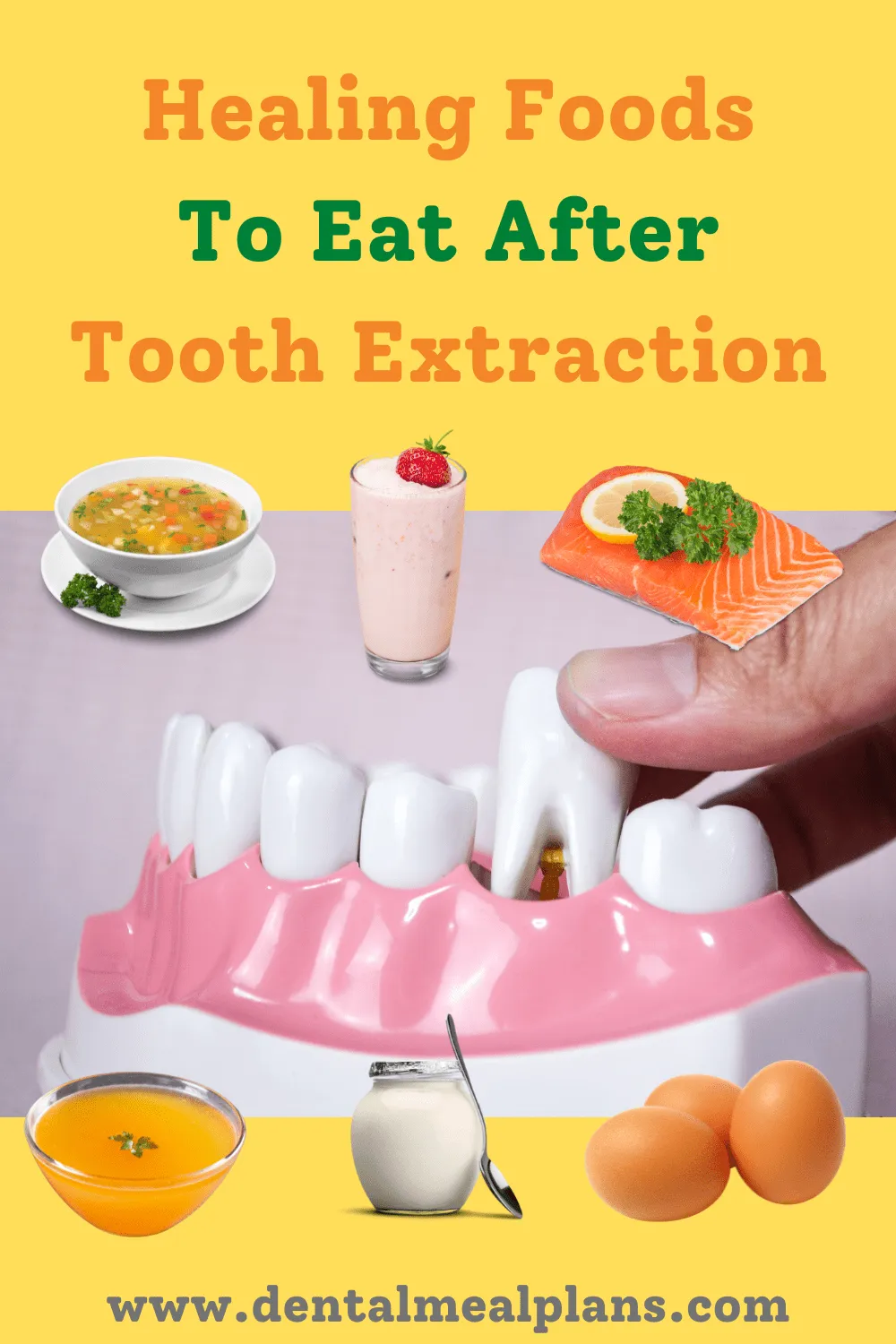
Avoiding certain foods is as crucial as choosing the right ones. These foods and beverages are known for their high pigment content and can easily stain your teeth, diminishing the results of your whitening treatment. Steering clear of these items is essential for the best outcome.
Dark-Colored Beverages
Dark-colored beverages are notorious for staining teeth. This includes coffee, tea (especially black tea), cola, and red wine. These drinks contain strong pigments that can quickly attach to the porous enamel. If you absolutely must have these beverages, consider using a straw to minimize contact with your teeth and brush your teeth immediately afterward.
Acidic Foods
Acidic foods can erode tooth enamel, making it more susceptible to staining. Citrus fruits like lemons, oranges, and grapefruits should be avoided, along with vinegar and tomatoes. These foods can weaken the enamel, making it easier for pigments to penetrate. If consumed, rinse your mouth with water immediately to minimize the effects of the acid.
Highly Pigmented Foods
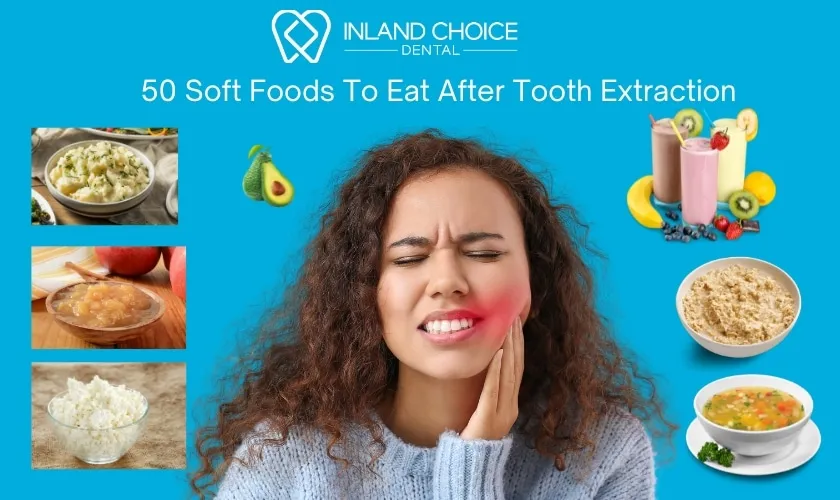
Brightly colored foods are often high in pigments and can stain your teeth. This includes berries (blueberries, blackberries, raspberries), soy sauce, beets, and dark sauces like balsamic vinegar. These foods can leave strong color residue on the enamel, negating the whitening effects. It is best to avoid these foods for the first few days post-whitening.
Foods to Reintroduce Gradually
After the initial 24 to 48 hours, you can gradually reintroduce some of the foods to avoid, but with caution. The key is moderation and good oral hygiene. Start with lighter versions of foods like coffee (with milk) or tea. Always brush your teeth or rinse your mouth with water after eating or drinking anything that could stain your teeth. This cautious approach helps maintain your whitening results.
The Importance of Hydration
Drinking plenty of water is crucial after teeth whitening. Water helps to rinse away food particles and prevents staining. It also stimulates saliva production, which naturally cleans your teeth. Staying hydrated supports your overall health and contributes to a brighter, whiter smile. Aim to drink water consistently throughout the day, especially after meals and snacks.
Tips for Maintaining White Teeth
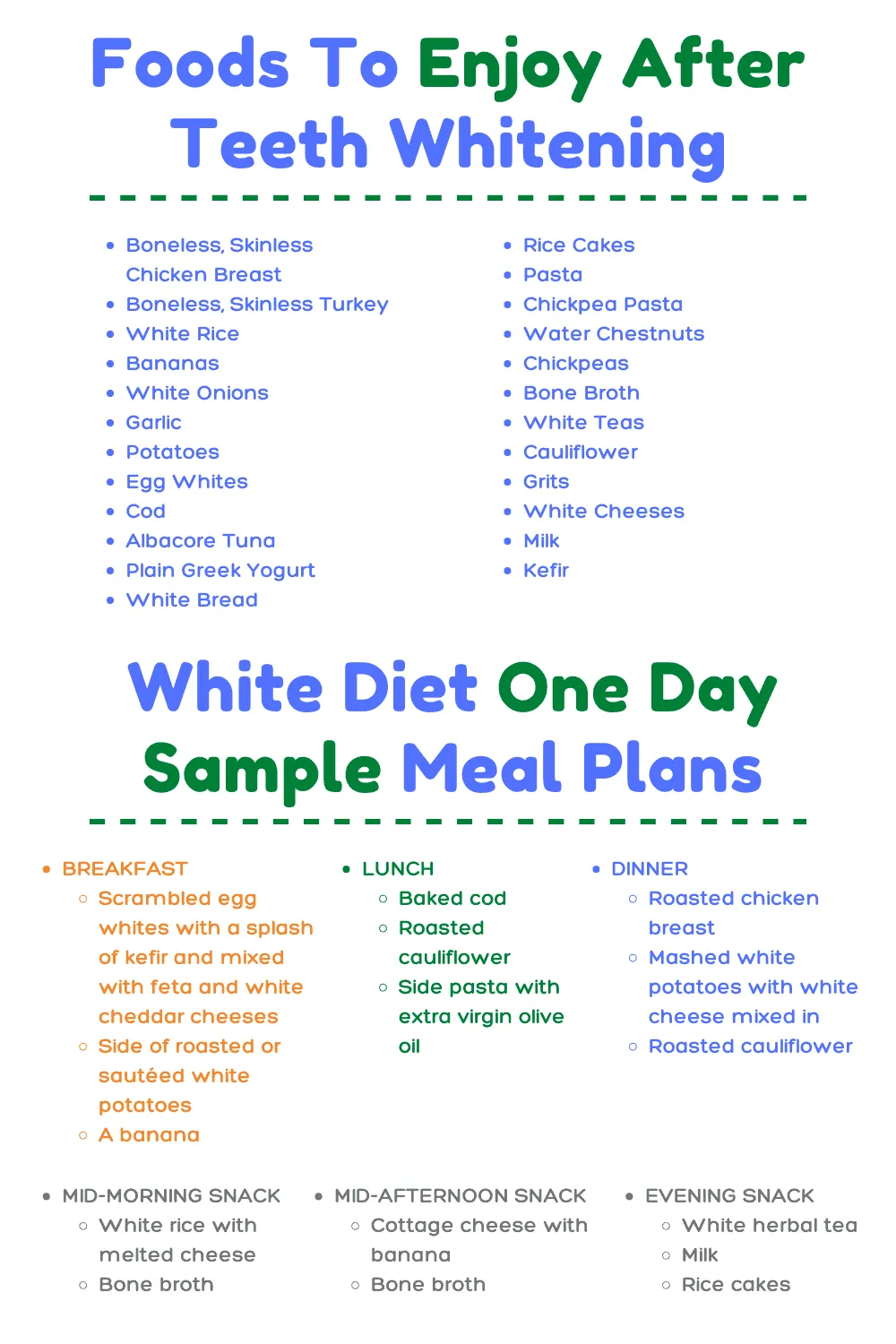
Maintaining your newly whitened teeth involves more than just diet. Good oral hygiene habits are key. Brush your teeth at least twice a day, and floss daily to remove plaque and food particles. Regular dental check-ups and cleanings are also essential to keep your teeth healthy and bright. Consider using a whitening toothpaste and mouthwash to help maintain your results. Avoiding smoking and tobacco products will also prevent staining and promote overall oral health.
